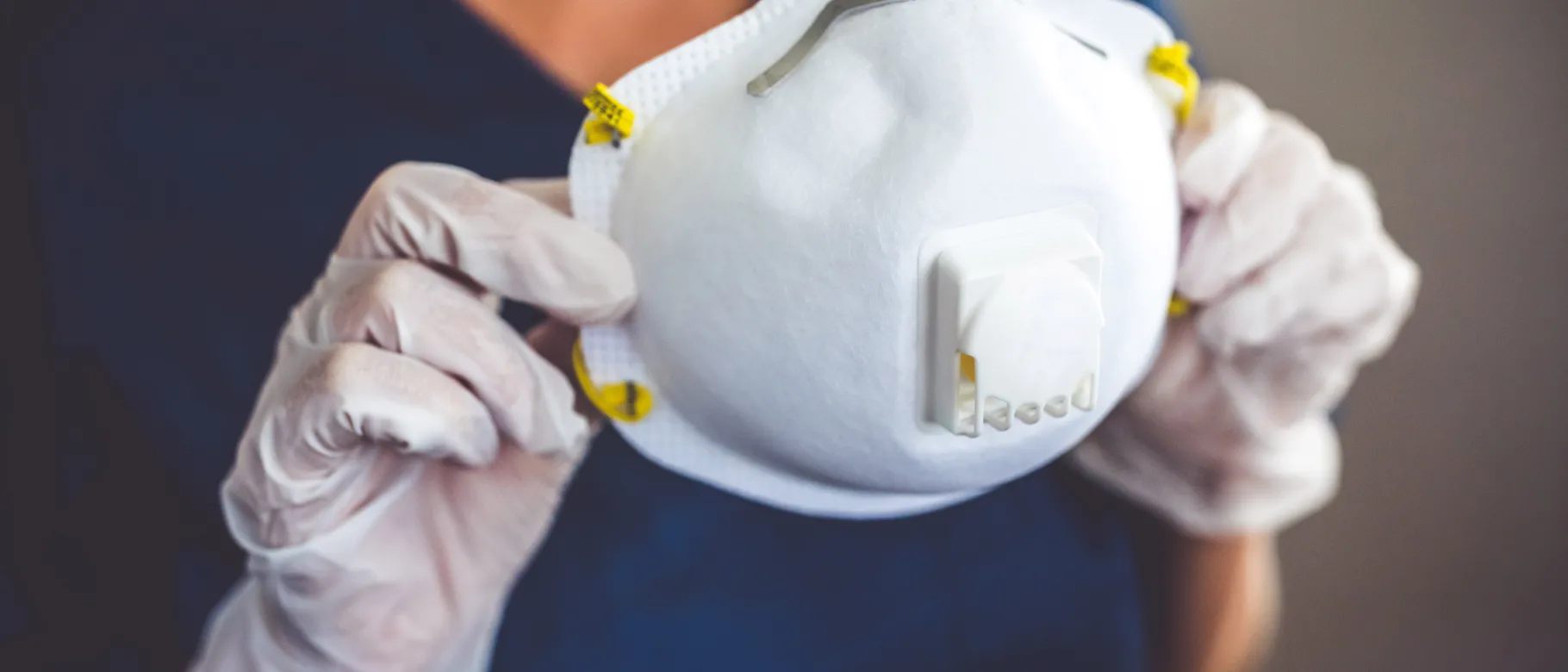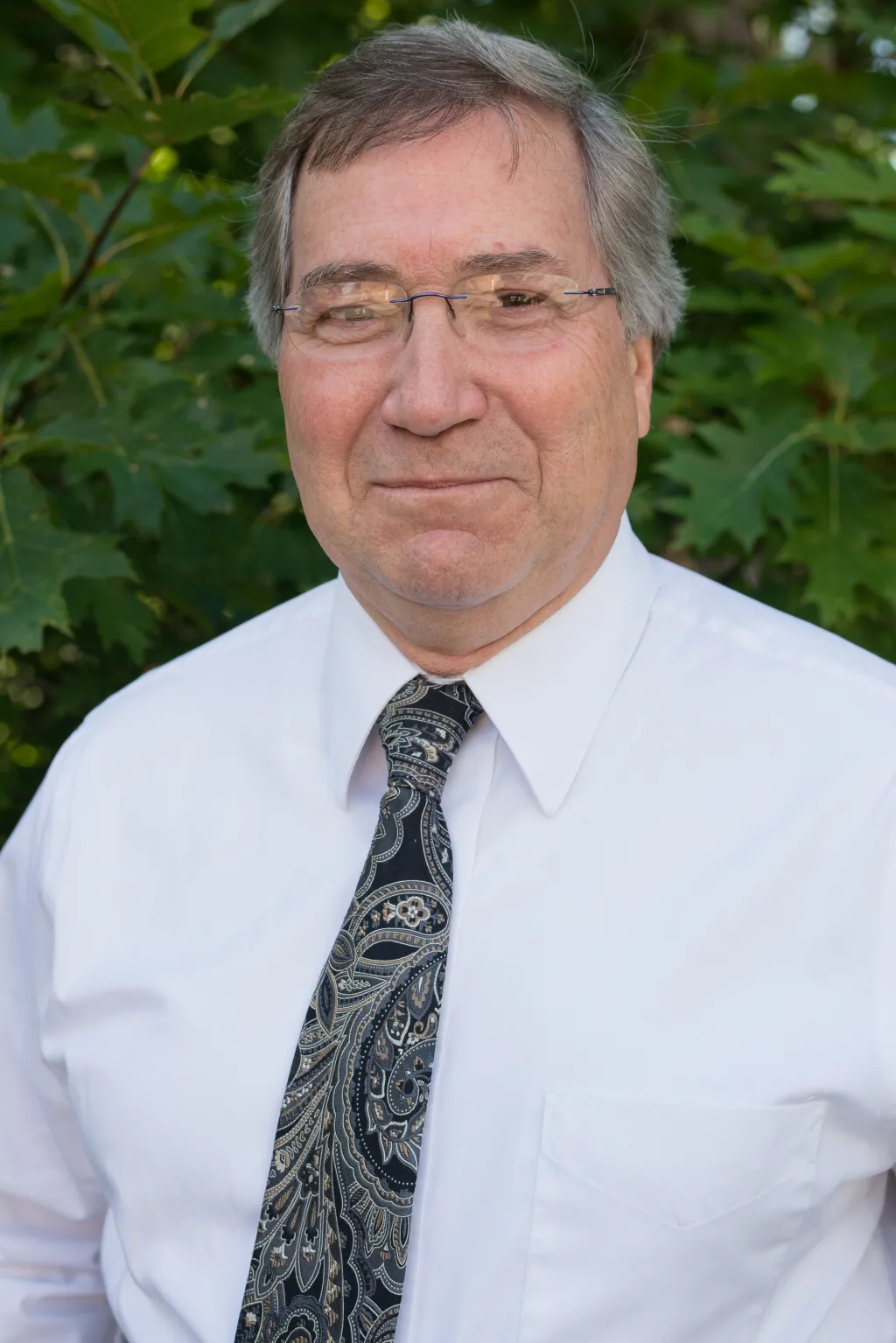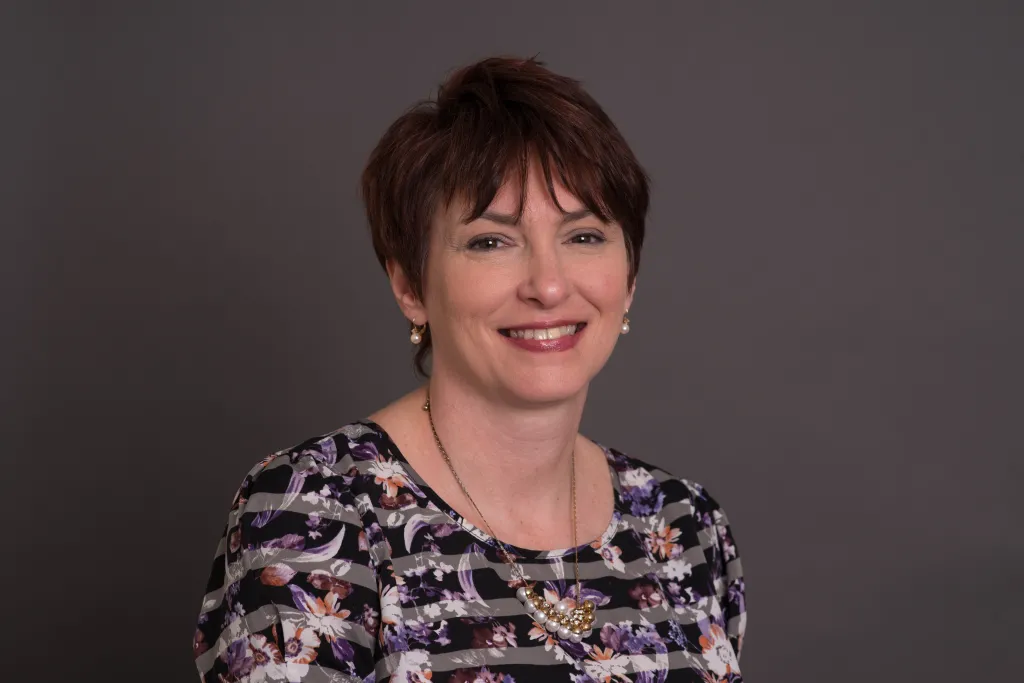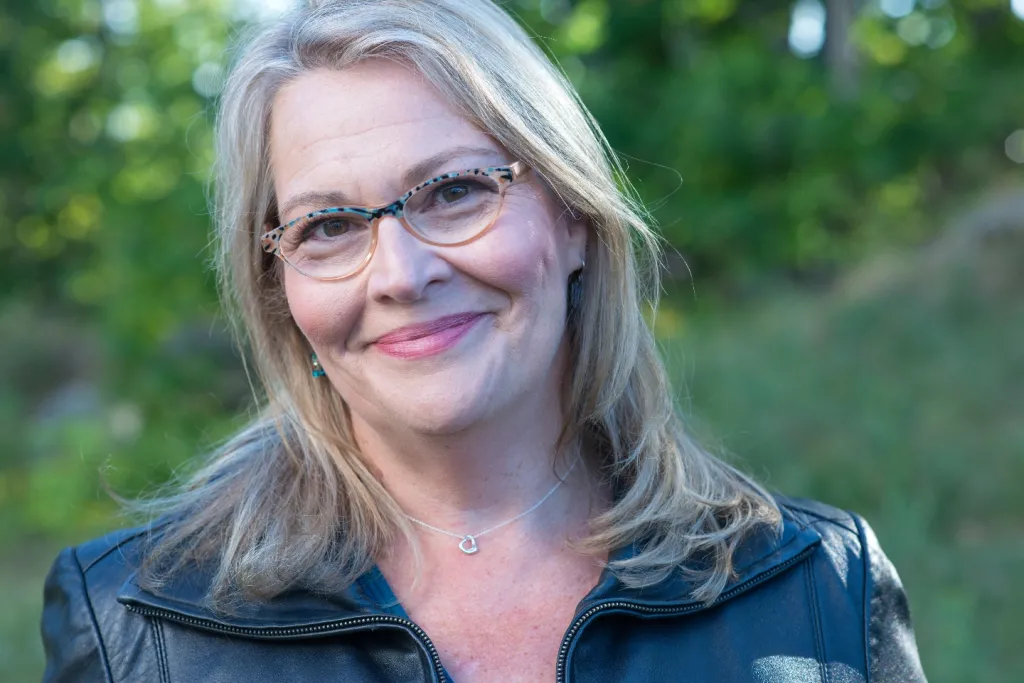UNE donates fit testing solution for N95 masks to Maine counties and Maine CDC

At this point in the COVID-19 pandemic, nearly everyone is aware of concerns over shortages of PPE (personal protective equipment) for health care workers, especially N95 masks, the particulate-filtering respirators considered the gold standard for protection from coronavirus. But what is not as well-known is the shortage of a special chemical solution used to ensure that the masks are fitted correctly to wearers’ faces. The solution and the “fit test” it makes possible are critical elements contributing to the safety level afforded by the masks, as the respirators themselves cannot be used properly without being fit tested. For the past several weeks, a team at the University of New England has stepped up to the task of producing the fit testing solution for Maine’s counties and the Maine CDC, providing a tremendous service to emergency management teams, police officers, firefighters, and health care workers across the state.
While there are different types of fit tests, the one used at UNE by Director of Environmental Health and Safety (EHS) Ron Souza to ensure that N95 masks are fitted properly to UNE researchers working with hazardous substances is called the saccharin test. The premise is quite simple. Prior to donning a mask, the test subject is exposed to a spray of saccharin solution. If the subject can detect the taste of the saccharin while breathing through his or her mouth, the test proceeds to the next step in which the subject wears a mask, and more solution is sprayed. If the subject does not report tasting the saccharin, the fit test is considered successful, and the subject can be assured that the seal of the mask to the face is tight enough to prevent harmful substances from being inhaled.
As more and more frontline workers across the world are being fitted with N95 masks, an increasing amount of saccharine solution is being purchased for the testing procedure. The flood of saccharine solution purchases has disrupted the normal supply and demand balance, and many hospitals and emergency management agencies are struggling to source the solution. At times, the number of front line workers that can be deploy to fight the pandemic is being limited not by the number of masks they possess, but rather by the amount of available solution they have to perform the fit tests.
The anxiety over fit test solution is being felt worldwide, and the state of Maine is no exception. On April 16, Art Cleves, director of the York County Emergency Management Agency (EMA); York County Fire Chief Roger Hooper; and College of Osteopathic Medicine student Michael Doyle (D.O., '22), a volunteer at the York County EMA, concerned by their inability to find the fit testing solution for purchase anywhere, contacted UNE President James Herbert to inquire if the University had any to spare. Eager to help, President Herbert reached out to Karen Houseknecht, Ph.D., associate provost for Research and Scholarship and professor of pharmacology, who then, in turn, called Souza. Souza did, in fact, did have some solution in the EHS stockpile, and he made the donation, enough to fit test 300-400 people, the very next day.
With a new awareness of the shortage in the state of the fit testing solution, Houseknecht and Souza put their heads together to figure out a way to help. They tried to source the premade solutions, but like York County officials, found that none was to be had. “That’s when I said, ‘We do chemistry. We can just make this stuff,’” said Houseknecht. So rather than looking online for the premade solution, Houseknecht got to work looking for the reagent used to make the solution – an ultra-pure version of saccharin. While the saccharin too, like the premade solution, is more difficult to find these days, Houseknecht was eventually successful in placing an order.
Meanwhile, news of UNE’s donation to York County spread. Houseknecht received a call from Sara Bennet, director of the Sagadahoc County Emergency Management Agency and Sagadahoc County Board of Health, asking if UNE could help her county obtain the solution. Then came a call from Androscoggin County.
When the saccharin arrived, Houseknecht, Souza, and Houseknecht’s lab technician Deborah Barlow got into their groove. The three acted, while maintaining social distancing, in a coordinated effort to produce the solution and deliver it to the counties. Souza picked up the saccharin in Portland and brought it to the Biddeford Campus, where Barlow, a talented bioanalytical chemist, mixed, bottled, and labeled the solution. Houseknecht then distributed the final product. By April 20, both Sagadahoc and Androscoggin counties had received batches the same size as the one UNE donated to York County.
Before the end of the week, a call came in to Houseknecht from the Maine CDC, asking for any and all solution that the team had left. After handing off eight more bottles, or enough for approximately 1,500 people to be test fitted, Houseknecht was asked how much more her team could make.
She secured another shipment of saccharin, and the team formulated a mega-batch, enabling them to supply the Maine CDC with 57 more bottles. Dr. Nirav Shah, director of the Maine CDC acknowledged the donation, a total of 65 bottles, from UNE in his April 29 press briefing.
Although an analytical scale and technical skill is necessary to produce the solution, Barlow says the process itself is not complicated from a chemist’s point of view. “The fact that the simple act of mixing what was essentially artificial sweetener in water could help and protect so many, although so simple, made me feel part of something bigger than myself,” she said.
Houseknecht too said she was happy to be able to provide assistance. “These are extraordinary times, and the need is huge apparently,” she said. “We’re just doing what we can … We’ve got such a great community here, and everyone wants to help.”
The help from Houseknecht, Barlow, and Souza, indeed, keeps coming. On May 4, Houseknecht delivered an additional 28 bottles to the Maine CDC, and, assuming the next shipment of saccharin comes in, the team will soon prepare another large batch to distribute to both the Maine CDC and the York County Emergency Management Agency.
According to Souza, it’s simply human nature to want to help others. “Humans are naturally prosocial,” he stated. “We all have a desire to help and support others, be they family members, members or our community, or fellow humans across the globe … “We are not nurses or doctors or EMTs, so when an opportunity arises and you are able to use your job skill to help keep people safe doing their job, you do it. It’s a small part, and we feel fortunate that we were able to provide the service.”
Houseknecht says that the trio will continue in their work of producing and distributing the solution for as long as there is need, or for as long as they are able.
View coverage of the April 29 Maine CDC press briefing on WABI


